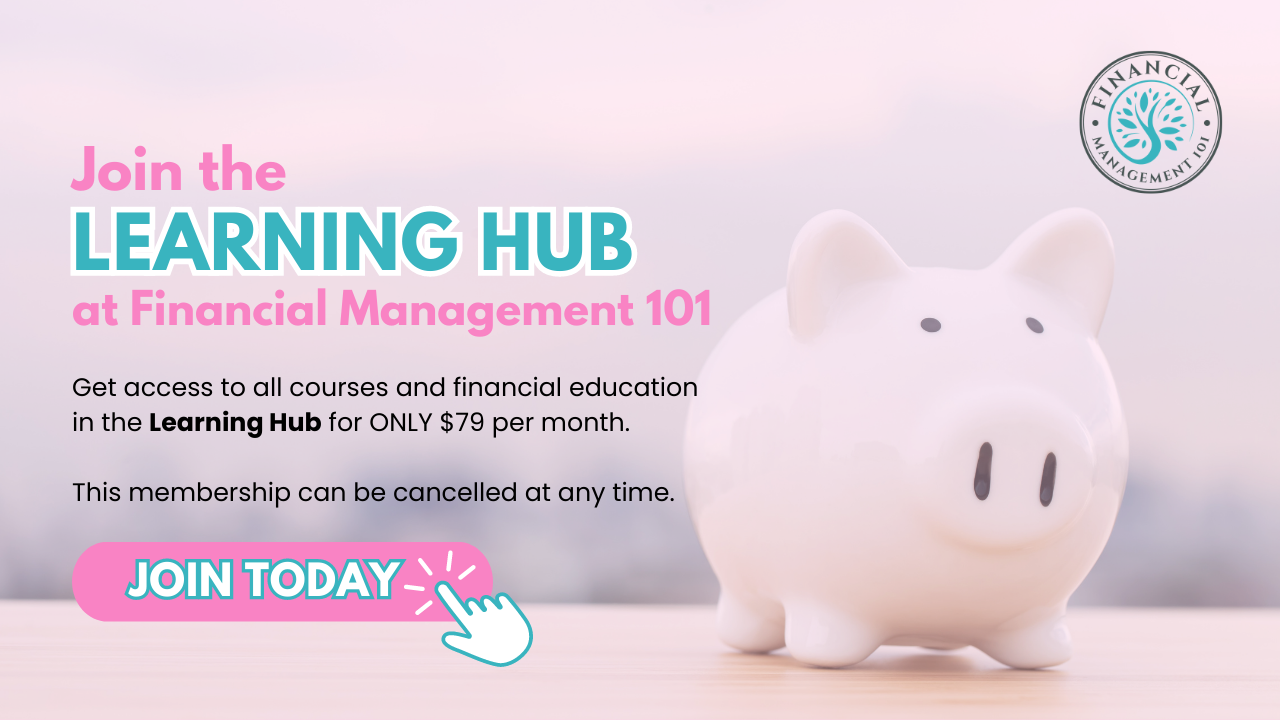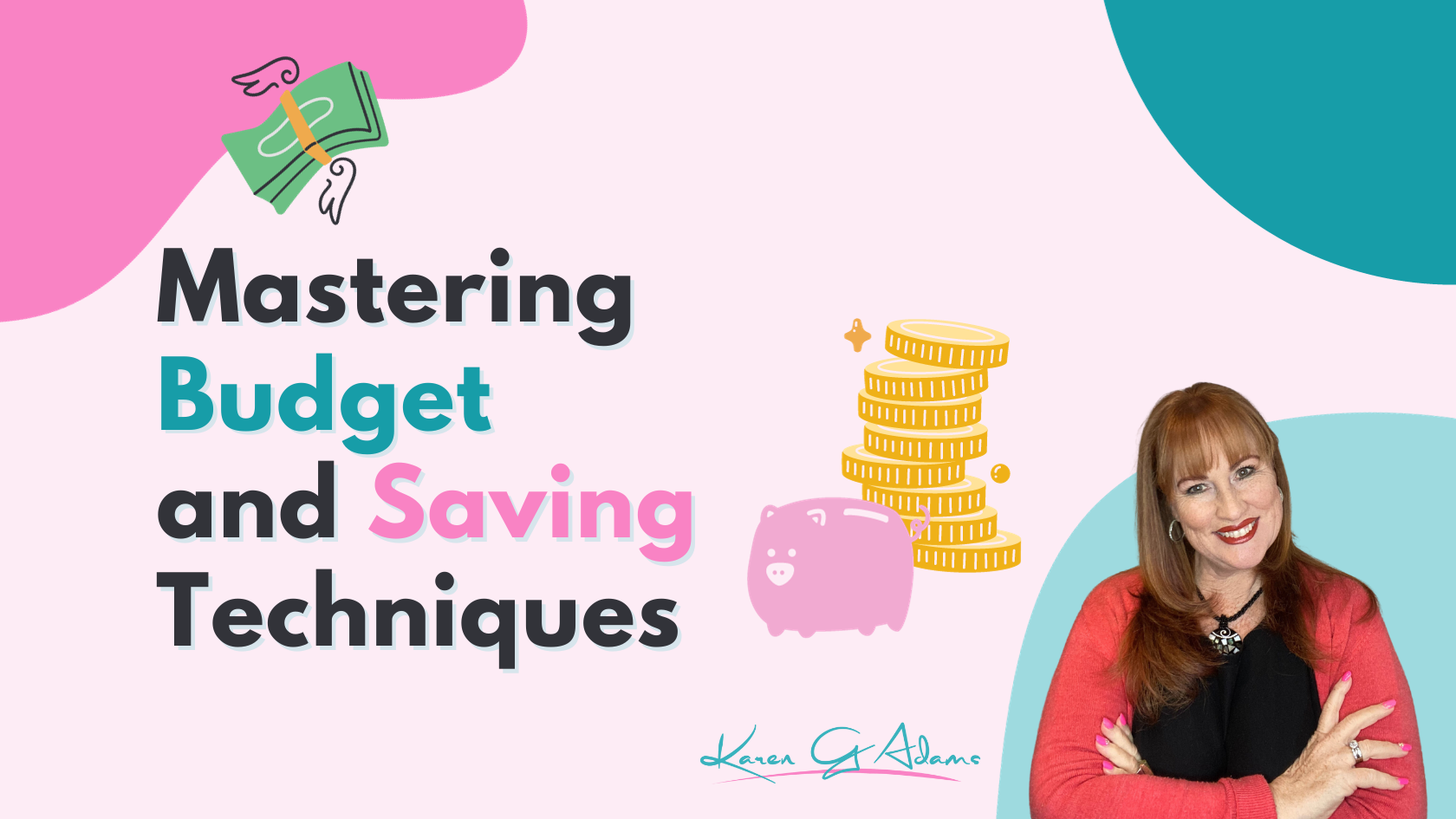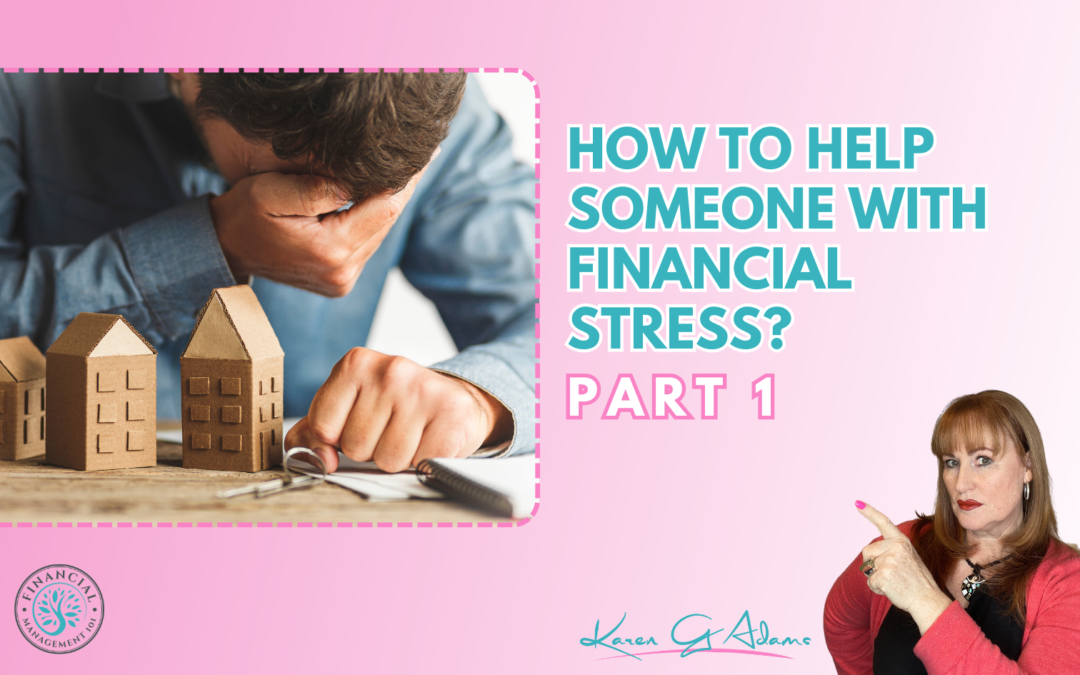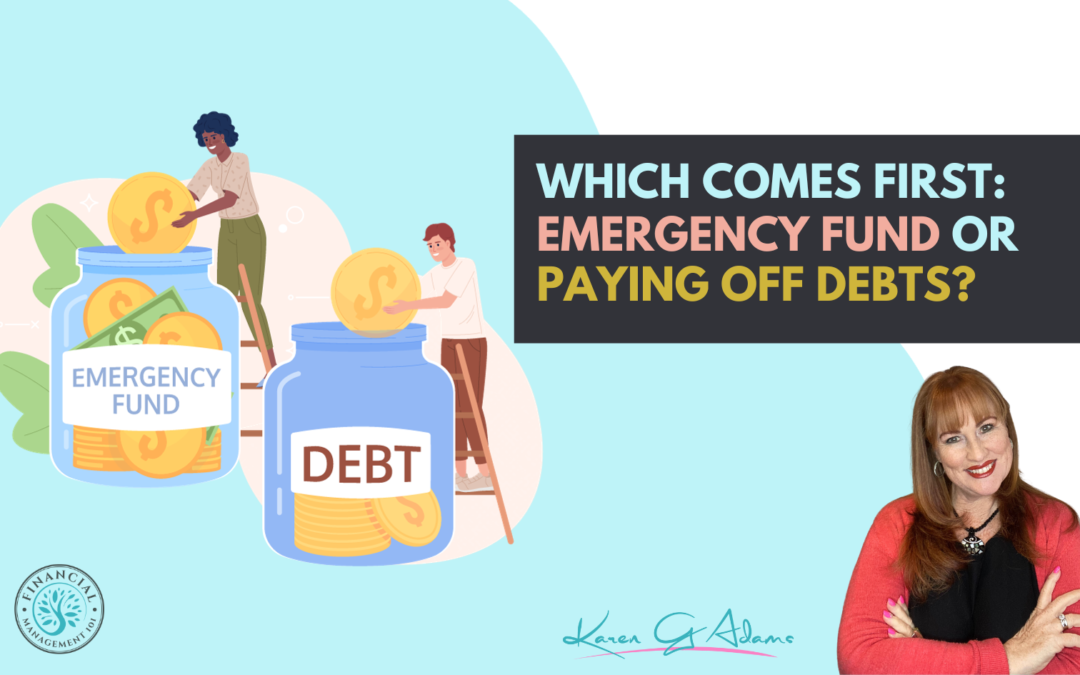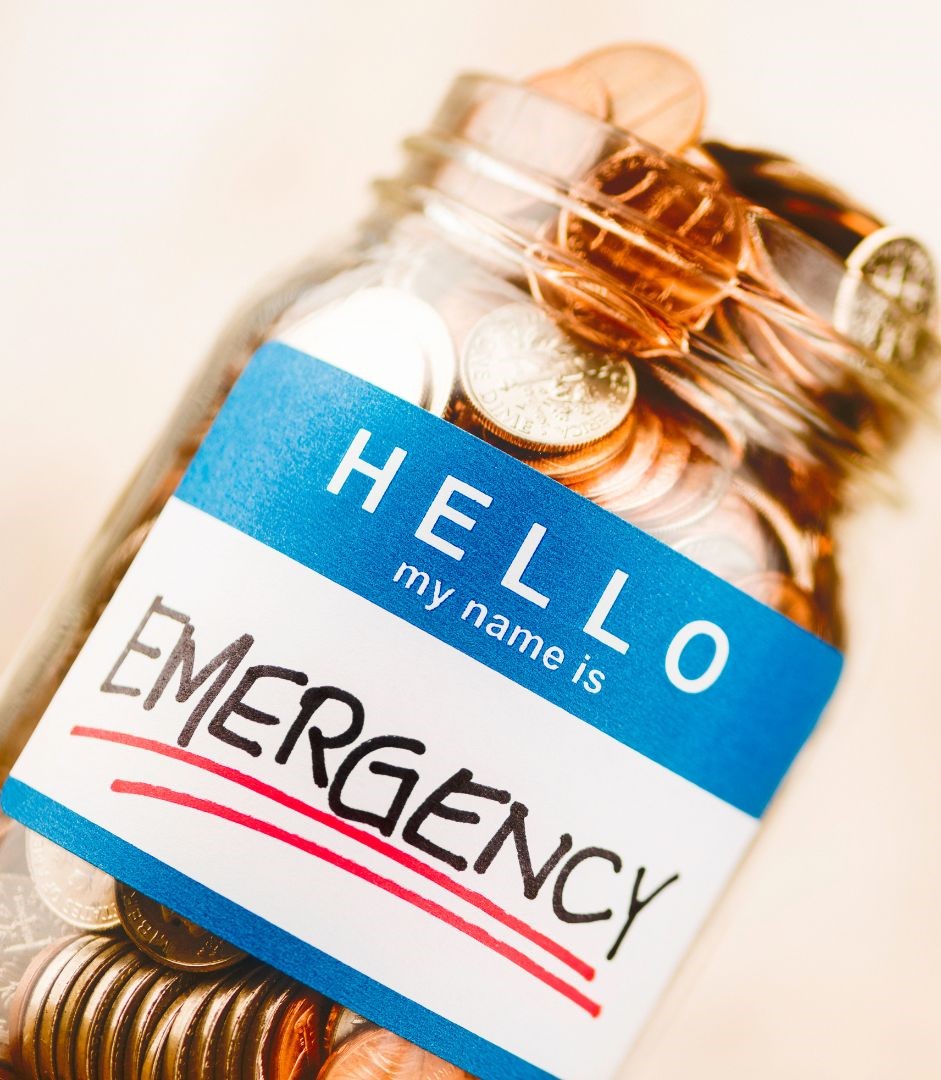
10 Tips on How I Help My Clients Get a Home Loan as a Mortgage Broker
1. Evaluate your financial situation:
Before you start the application process, we need to assess your financial situation to ensure you are eligible for a home loan.
2. Determine your affordability:
What I do next is work out your borrowing potential and calculate how much you can afford to borrow.
3. Find the right lender:
Depending on your own financial situation, credit score, and other factors, I research the extensive list of lenders on my panel to find YOU the right lender.
4. Pre-qualifying you for a home loan:
Pre-qualifying you can help understand how much you can afford and make the process smoother.
5. Explain the different types of loans and features available:
Part of my role is to ensure you know the various types of home loans available and help you decide which one is best based on your individual financial circumstances.
6. Assist with the paperwork:
As a mortgage broker, I work with you to help gather all the necessary paperwork and documents required for your home loan application that a lender requires.

7. Guide you through the application process:
Walking you through the application process and explaining the various steps involved are all part of the process.
8. Communicate with the lender:
As the intermediary between you and the lender, I handle all communication with the lender on your behalf to ensure the process moves smoothly and provide any additional information the lender may require.
9. Staying up-to-date on mortgage rules and regulations:
As a mortgage broker, it’s essential that I stay informed about changes to mortgage rules and laws that may affect you.
10. Provide ongoing support:
Even after your home loan is approved and long after your new loan has settled, I will continue to offer support and guidance to help you manage your home loan and navigate any issues that may arise.
Want to have a chat about refinancing or obtaining a new home loan? Reach out to me at karen@harkenfinance.com to see how I may assist you.
Disclaimer: The content of this article is general in nature and is presented for informative purposes. It is not intended to constitute tax or financial advice, whether general or personal nor is it intended to imply any recommendation or opinion about a financial product. It does not take into consideration your personal situation and may not be relevant to circumstances. Before taking any action, consider your own particular circumstances and seek professional advice. This content is protected by copyright laws and various other intellectual property laws. It is not to be modified, reproduced or republished without prior written consent.





